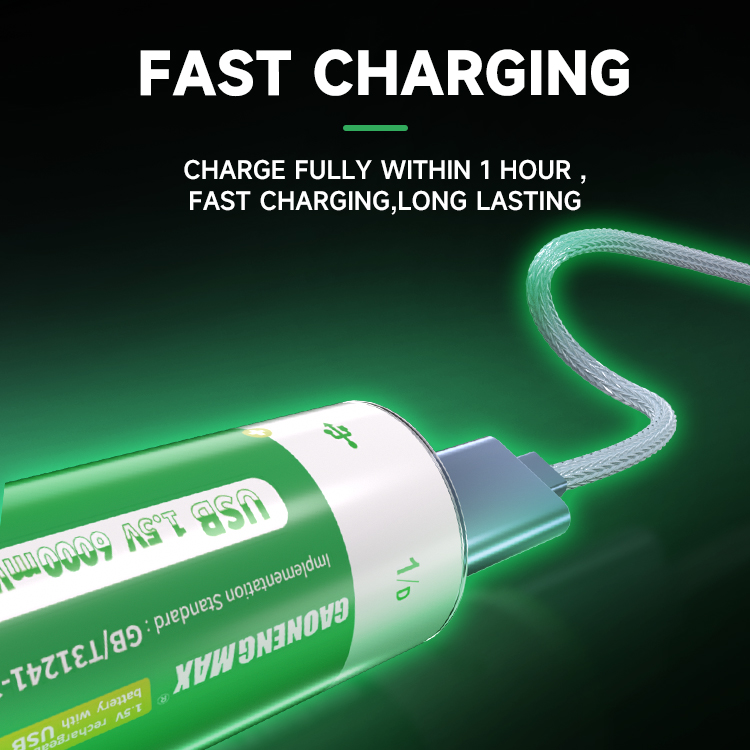

Zinc-manganese dry battery charger has timing and charging indication functions. Its charging current is 5OmA and can be used to charge fully sealed ordinary dry batteries with a terminal voltage of 1.35~1/4V. Circuit Working Principle The zinc-manganese dry battery charger circuit consists of a power input voltage stabilizing circuit, a charging circuit and a timing control circuit, as shown in Figure 5-124...
Zinc-manganese dry battery charger has timing and charging indication functions. Its charging current is 5OmA and can be used to charge fully sealed ordinary dry batteries with a terminal voltage of 1.35~1/4V. Circuit Working Principle The zinc-manganese dry battery charger circuit consists of a power input voltage stabilizing circuit, a charging circuit and a timing control circuit, as shown in Figure 5-124. The power input voltage stabilizing circuit is composed of power switch S2, fuse FU1, power transformer T, rectifier diode VD, filter capacitors C1, C3 and voltage stabilizing integrated circuit. The timing control circuit is composed of timing start button S1, timing control switch S3, timing control integrated circuit IC2, resistors R1~R5, capacitor C2, stop charging indication LEDs VL5, VL6, transistor V and relay K. The charging circuit is composed of potentiometer Rp, resistors R6~R13, charging indication LEDs VL1~VL4 and fuses FU2~FU5. Connect S2, and after the AC 220V voltage is stepped down by T, rectified by VD and filtered by C3, one channel is used as the input voltage of the charging circuit; the other channel is stabilized by IC1 and provides +12V working voltage for IC2. Press the timer start button S1 once, IC2 starts timing work; its pin 3 outputs a high level to turn on V, K is closed, the normally open contact of K is connected, and the batteries GB1~GB4 start charging, and at the same time VL1~VL4 points Bright. S3 is used to set the charging time. Its timing range has 4 levels: 3h, 5h, 7h and 9h. When charging AA type dry batteries, the optimal charging time is 5 hours; when charging C type dry batteries, the optimal charging time is 9 hours. When the timer expires, pin 3 of IC2 outputs low level, causing V to cut off, K to release, and the battery stops charging; at the same time, pin 2 of IC2 changes from low level to high level, causing VL5 and VL6 to light up to indicate charging. Finish.
Adjusting the resistance of Rp can change the charging voltage and charging current. Component selection R1~R5, R6, R8, R1O and R12 all use 1/4W metal film resistors; R7, R9, R11 and R13 all use 1W metal film resistors. Rp uses a 2W wirewound variable resistor. C1 uses a monolithic capacitor; C2 uses an aluminum electrolytic capacitor with a voltage resistance of 16V; C3 uses an aluminum electrolytic capacitor with a voltage resistance of 5OV. VD uses 1N4004 or 1N4007 silicon rectifier diodes. VL1~VL6 all use φ3mm light-emitting diodes. V selects S805O or C8050 silicon NpN transistor. IC1 uses the LM7812 three-terminal voltage stabilizing integrated circuit; IC2 uses the ZN1034 timing integrated circuit. K chooses 4098 type 12V DC relay. S1 uses a micro moving button; S2 uses a 250V power switch with a contact current capacity of 5A; S3 uses a single-pole four-position transfer switch. T selects a power transformer with 3~5W and secondary voltage of 12~15V.

Popular recommendation
1.5v dry cell battery.18650 lithium-ion battery production process and lithium-ion battery assembly
2023-10-09button battery cr1620.How to distinguish between energy storage lithium batteries and power lithium
2023-10-10AG6 battery.Process flow of 18650 cylindrical battery sleeve labeling machine
2023-10-09lithuim ion battery 18650.Research on ion-conducting membranes for high-power, long-life alkaline zi
2023-10-08AAA Carbon battery!C UPS uninterruptible power supply solution on the highway
2023-10-08601248 lipo battery.Landsdowne Labs develops new materials to make swallowing button batteries no lo
2023-10-093.7V Lithium Polymer Battery.Design of self-healing circuit for nickel-cadmium nickel-metal hydride
2023-10-0918650 lithium-ion battery.Two major reasons affect the service life of 18650 lithium battery.
2023-10-13402030 battery.18650 lithium battery production process and lithium battery assembly method
2023-10-09CR2032 button cell.In terms of battery core technology, BYD beats Tesla?
2023-10-081.2V Ni-MH battery.18650 lithium battery production process
2023-10-09LR621 battery!What is the impact of the battery management system?
2023-10-08